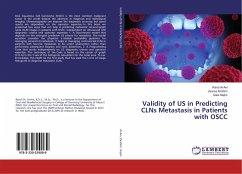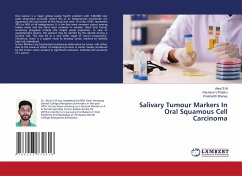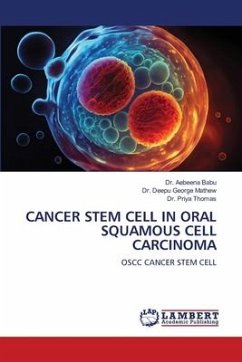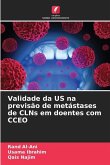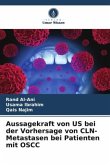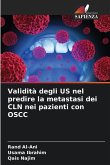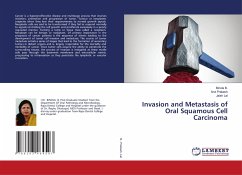Oral Squamous Cell Carcinoma (OSCC) is the most common malignant tumor in the world despite the advances in diagnosis and radiological imaging. Ultrasonography can improve the diagnostic accuracy, but good results are dependent on the operator expertise. In this book we presented two ways that can help in predicting metastatic cervical lymph node (CLN) images in patients with OSCC, independent on ultrasound (US) diagnostic criteria and operator expertise: 1. A Discriminant model that depends on the strongest predictive US criteria for metastasis. The model equation provides the physician a reliable probability guidance for managing cervical LN metastasis. It helps in managing controversial CLNs in patients with low-risk metastasis to be under observation rather than performing subsequent biopsies and neck dissections. 2. A Programming Code that works independently on US diagnostic criteria and operator expertise. The technique of the Code is based on the center of graph (C.O.G) in the Y axis of the histogram calculation for the node area. To our knowledge, this might be the first study that has used the C.O.G of image histogram to diagnose metastatic CLNs.
Bitte wählen Sie Ihr Anliegen aus.
Rechnungen
Retourenschein anfordern
Bestellstatus
Storno

